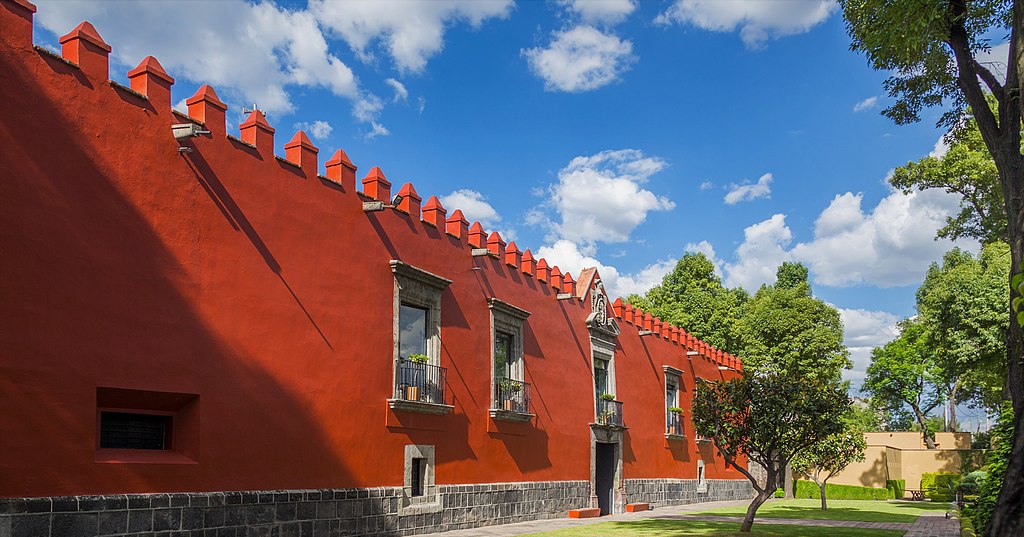
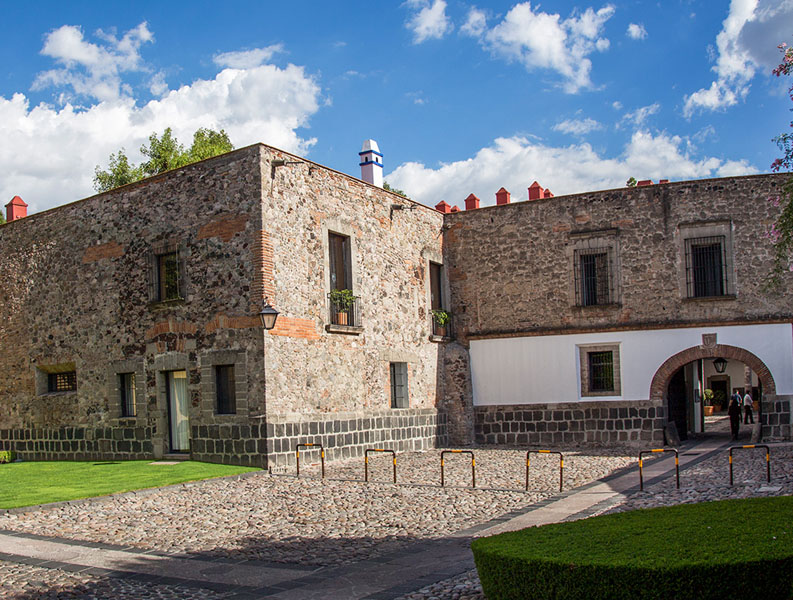
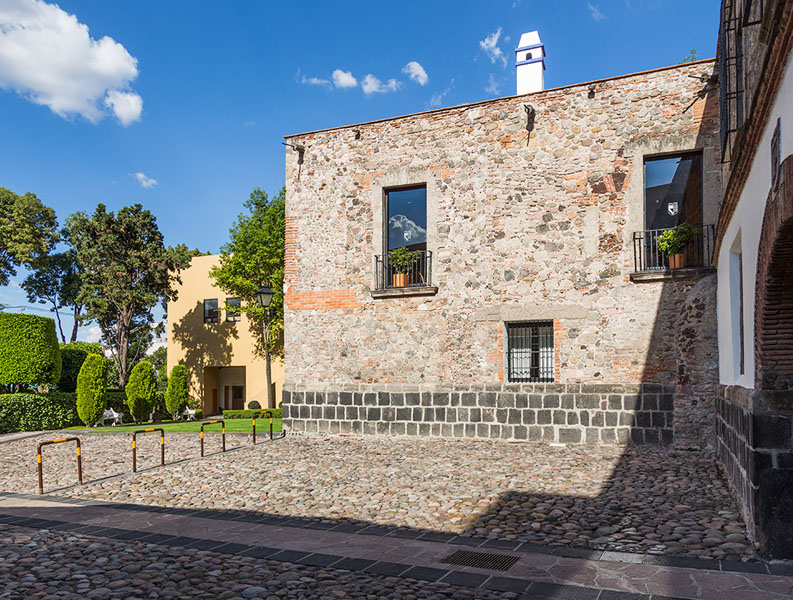
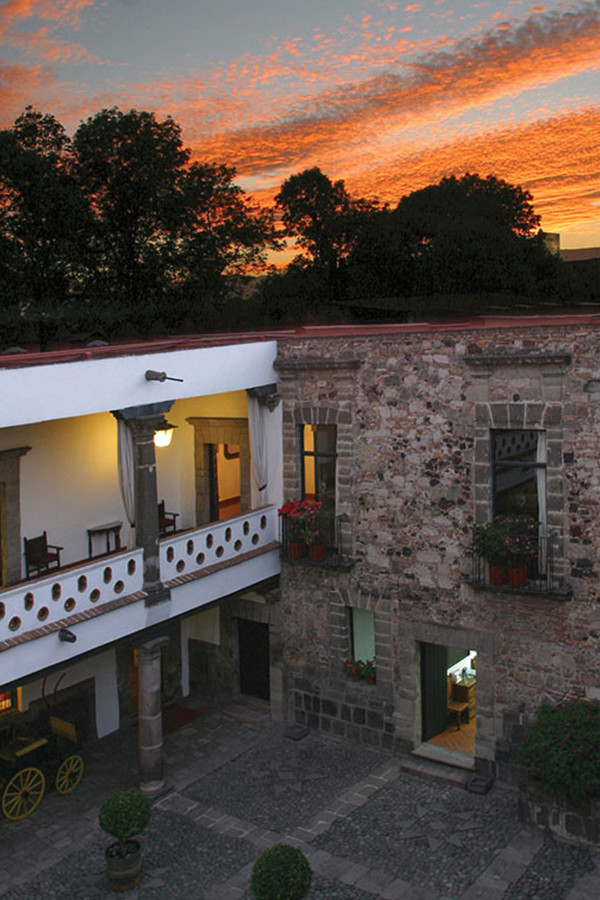
La antigua Hacienda de San Antonio Clavería es prácticamente desconocida fuera de los círculos de aficionados a la historia de la Ciudad de México y Azcapotzalco. Debido a que actualmente está ocupada por el IPADE (Instituto Universitario Panamericano de Administración de Empresas), es probable que este complejo hacendario se haya conservado mejor que la mayoría de los de la Ciudad.
La Hacienda surgió a finales del siglo XVII. El primer propietario registrado fue Don Juan Antonio Clavería Villarreales. Hombre acaudalado, mercader y accionista del Real de Minas de Plata de Pachuca. Adquirió la propiedad a principios del siglo XVII y la dedicó a San Antonio. Es probable que se la comprara a la familia de uno de los conquistadores a los que se les concedió tras la invasión española. Éste era el caso de muchas de las haciendas colindantes con la Calzada México-Tacuba. Clavería dio su nombre a la Hacienda y al barrio en general, hasta nuestros días.
Los edificios que vemos hoy son un poco posteriores. Domingo de Bustamante compró el complejo a finales del siglo XVIII. Funcionaba esencialmente como una hacienda que producía grano, ganado vacuno y lana. Constaba de una casa principal, dos cuadras, dos cocheras y un corral para bueyes, además de otras dependencias. Debido al tamaño de la urbanización y a sus numerosas explotaciones, la propiedad era conocida como el “Palacio de los Bustamantes”. La familia conservó la propiedad hasta que la vendió a principios del siglo XIX.
La hacienda acogió notoriamente a las tropas del General monárquico De la Concha. La ocupación duró algunas partes de 1820 y 1821. El general se preparaba para las batallas finales de la Guerra por la Independencia de México. Éstas tuvieron lugar en los terrenos de la Catedral de Azcapotzalco, en lo que hoy es el Centro Histórico de Azcapotzalco.
El patio principal sobrevive rodeado por una terraza abalaustrada de dos pisos. Una casa más grande albergaba una pequeña capilla y otra más pequeña fue acondicionada para uso residencial. Durante mucho tiempo se consideró como uno de los mejores ejemplos de arquitectura residencial y agrícola para este periodo, es decir, para finales del Virreinato. Fue restaurada en 1951, unos 18 años después de haber sido reconocida como monumento histórico. El IPADE adquirió la propiedad en la década de 1970.
La Hacienda de San Antonio Clavería no está abierta al público. Aún así, sirve como un ancla importante y punto de referencia para la comprensión más amplia del vecindario y las áreas circundantes.
Instituto Nacional de Antropología e Historia, México – Coordinación Nacional de Monumentos Históricos. Ficha del Catálogo Nacional de Monumentos Históricos Inmuebles número I-09-00314 . -. Disponible en: http://catalogonacionalmhi.inah.gob.mx/consulta_publica/detalle/10645
 https://www.ipade.mx/
https://www.ipade.mx/

Cercano a 0.31 kms.
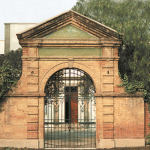
Cercano a 0.41 kms.

Cercano a 0.53 kms.

Escultura construida en honor al escritor y filósofo bengalí, Premio Nobel de Literatura en 1913.
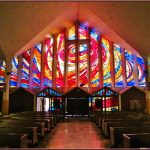
La estrella de la arquitectura oriental de Azcapotzalco.
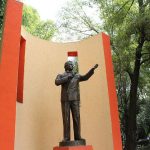
El principal parque en la colonia Clavería, Azcapotzalco.
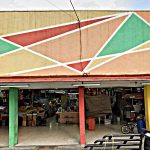
El mercado público de la colonia Nueva Santa María de Azcapotzalco.
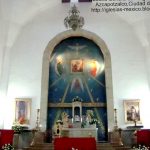
Nueva Santa María's beloved church hides a fantastic interior.